Late summer is a time of transition between the hottest days of the year and the upcoming fall season. While we try to enjoy the warmth and last few weeks of summer, spending time with family and friends, late summer pests are also soaking in the sun, becoming more active. The combination of heat and humidity provides an ideal environment for pests like mosquitoes, spiders, and stinging insects to thrive and multiply.
Spiders
Spiders are a common sight during late summer. You may see these 8-legged pests more frequently due to a variety of factors. During this time, spring spiderlings have had time to fully mature, leading to a significant increase in the spider population. In addition to more spiders, insects are often more active in the late summer, making it the perfect time to build large webs to ensnare prey. You may also find more spiders in your home. In the late summer, many insects will find their way into your home looking to escape the looming cooler weather. With more pests coming inside, your home provides a perfect hunting ground for many spiders.
Mosquitoes
Mosquitoes are the bane of every outdoor summer activity; they thrive in the warm, humid late summer weather. The warm temperatures also speed up mosquitoes’ growth and increase the availability of food sources for mosquito larvae. Together, this allows the mosquito population to grow steadily during the last few months of summer, making these pests more of a nuisance than ever.
Stinging Insects
Late summer brings a surge in stinging insects as they reach the peak of their activity. By late summer, wasp, hornet, and bee colonies have grown considerably, leading to an increased population around your home. Additionally, as summer wanes, there is lower availability of flowers and other food sources for these buzzing insects. With less natural food available, many stinging insects will begin crashing your picnic and infiltrating your garbage in search of sugary food or drinks.
Rodents
Rodents are a particularly unpleasant pest to have in or around your home. They can often be found in homes during the late summer and early fall as they prepare for winter. As the temperatures slowly drop, rodents, such as house mice and black rats, will begin gathering food and supplies to build their nests while also looking for a warm, comfortable place to spend the winter.
Keep Late Summer Pests Out With Griffin Pest Solutions
Late summer might mark the end of vacation, warm weather, and long days, but it doesn’t mark the end of pest season. Take back control of your home and enjoy the last of summer’s beauty without the hassle of unwanted guests. Don’t let these pests spoil your summer; call the professionals at Griffin Pest Solutions!
Griffin Pest Solutions has been serving the residents of Michigan since 1929. We understand the unique pest challenges in our region and take pride in using sustainable and environmentally friendly pest control practices, keeping you and your family safe while effectively eliminating pests around your home. Don’t let these summer pests turn into fall pests, contact Griffin Pest Solutions today and ensure your home is pest-free in every season!

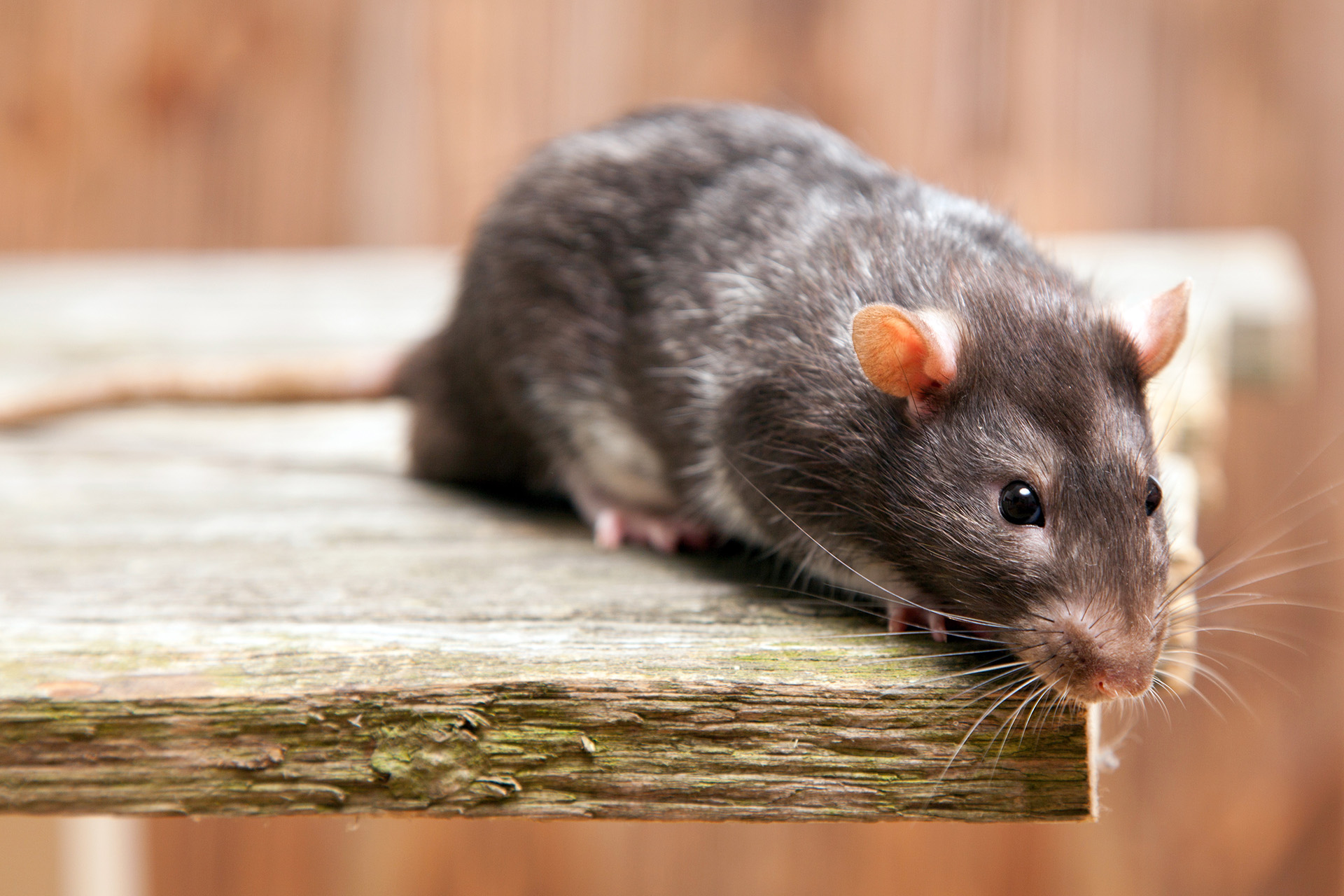
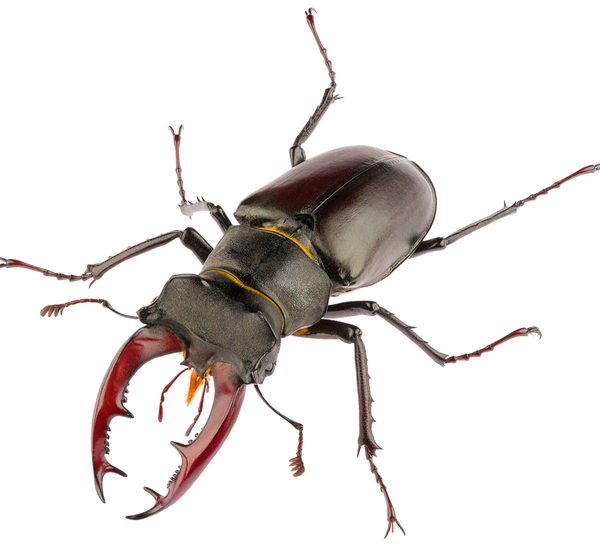
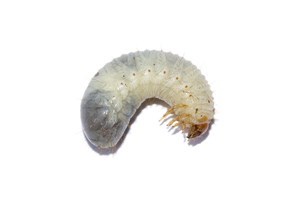
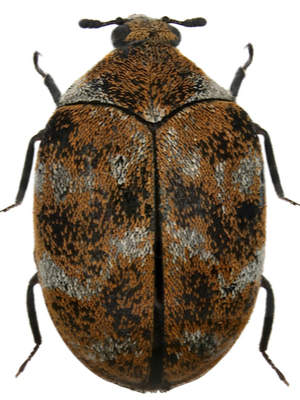
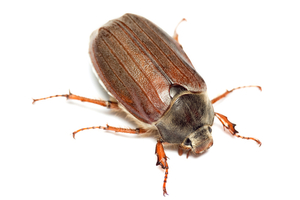
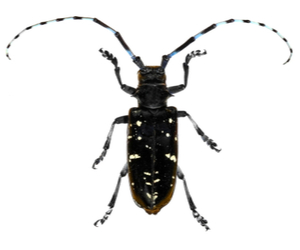
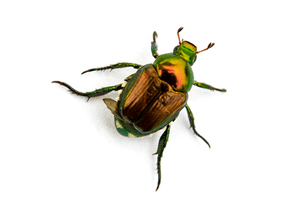
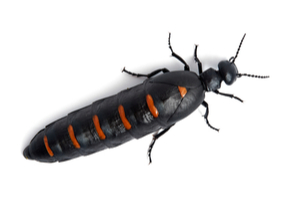
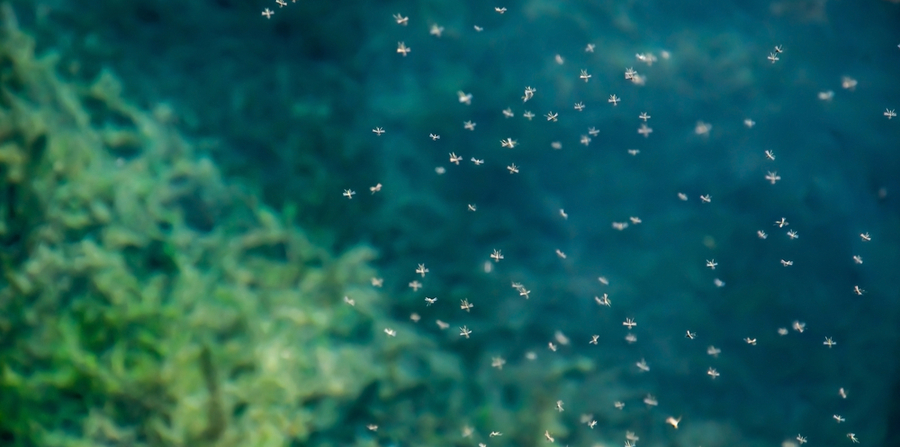
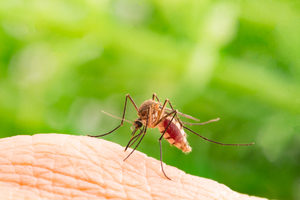 Mosquitoes
Mosquitoes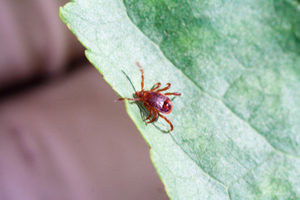 Several
Several 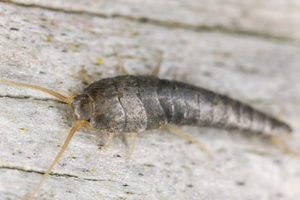 Unlike the other pests on this list,
Unlike the other pests on this list, 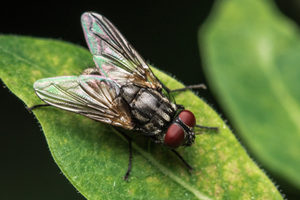 House flies become especially prevalent in summer because they begin reproducing in late spring. Mother house flies deposit up to 150 eggs on an appropriate food source, such as garbage. During the heat of summer, these eggs hatch very quickly–sometimes
House flies become especially prevalent in summer because they begin reproducing in late spring. Mother house flies deposit up to 150 eggs on an appropriate food source, such as garbage. During the heat of summer, these eggs hatch very quickly–sometimes 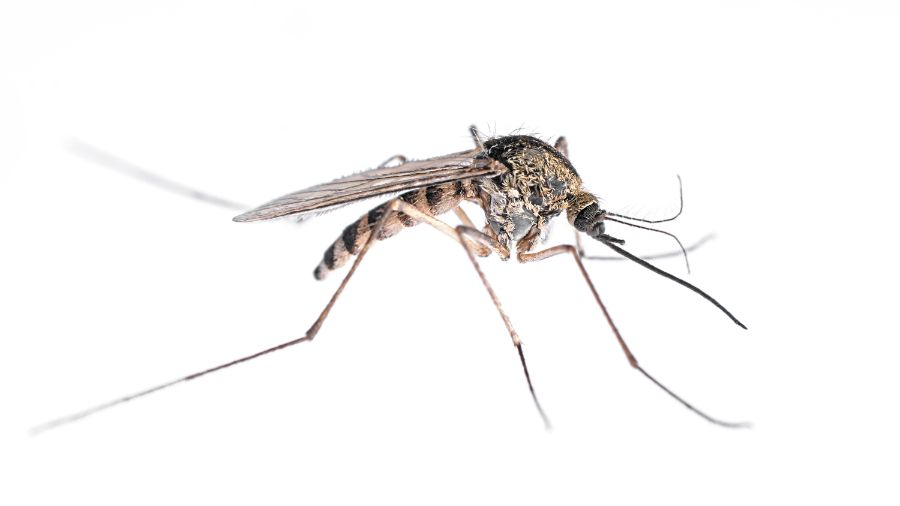
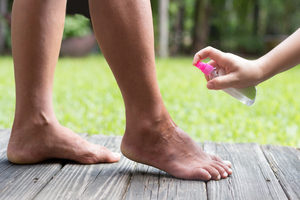 Yes, there are right and wrong ways to use bug spray. Applying bug spray effectively is easily the most effective way to keep bugs away while you’re outdoors this summer. Here are the bug spray “dos” and “don’ts” you should know.
Yes, there are right and wrong ways to use bug spray. Applying bug spray effectively is easily the most effective way to keep bugs away while you’re outdoors this summer. Here are the bug spray “dos” and “don’ts” you should know. Mosquitoes
Mosquitoes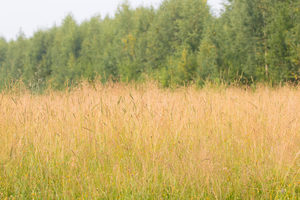 No matter where you’re going, there are ways you can stay out of the most bug-infested areas. Ticks use tall grass and other low-to-mid height plant life to hunt or “quest.” They climb to the top of the grass and wait for unsuspecting prey to wander by. Staying out of tall grass or heavy vegetation will help you avoid the worst tick risks while outside.
No matter where you’re going, there are ways you can stay out of the most bug-infested areas. Ticks use tall grass and other low-to-mid height plant life to hunt or “quest.” They climb to the top of the grass and wait for unsuspecting prey to wander by. Staying out of tall grass or heavy vegetation will help you avoid the worst tick risks while outside.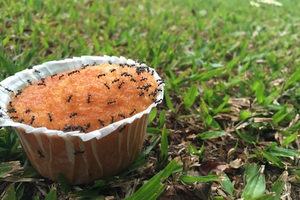 All kinds of stuff can attract different kinds of bugs. Some of it is obvious: sugary foods attract
All kinds of stuff can attract different kinds of bugs. Some of it is obvious: sugary foods attract 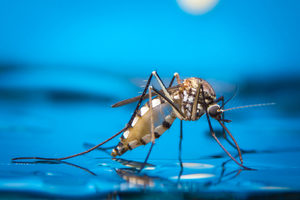 When you think “summer bugs,” you almost certainly think of
When you think “summer bugs,” you almost certainly think of 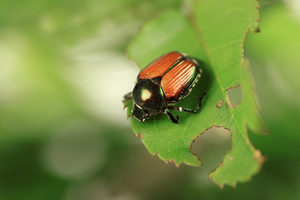 Japanese beetles
Japanese beetles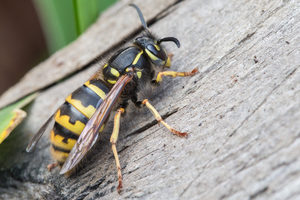 Wasp
Wasp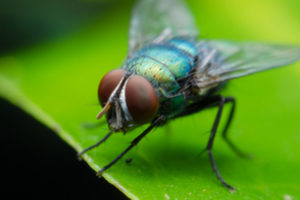 Several types of
Several types of